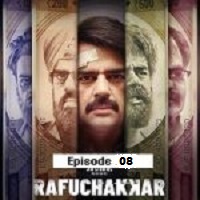
It should also be recognized for refocusing the basic critique of youth materialism to a wider comment on societal materialism. It’s why this year-the film’s 40th anniversary-saw a string of screenings supported by filmmakers such as Karyn Kusama and Kevin Smith. Valley Girl has always been known among its admirers for going deeper than it was expected to. Yet even as the film drew on teen-girl tropes, it treated its characters with care rather than ire, taking its kids seriously. Initially, they saw the film as a way of taking advantage of “what today you would call a ‘viral’ thing,” Lane told me.

The 1983 romantic comedy Valley Girl, directed by Martha Coolidge, is a modern reimagining of Romeo and Juliet written by the film producers Andrew Lane and the late Wayne Crawford. Yet the Valley girl has always been an overly easy target-and one film, released shortly after the Zappa single, understood that. Other examples include Cher from Clueless, Elle from Legally Blonde, the Kardashians, and any number of Real Housewives. She no longer has to live in California or even be an adolescent, but she still represents a particular kind of frivolous suburbanite encouraged by a consumer society to do little more than shop, party, and tan. Referring to the region most associated with this vacuous figure, Zappa told David Letterman, “It’s perhaps one of the most disgusting places on the face of the Earth, and I wrote this song about the values of the people in the San Fernando Valley.” Such scorn remains a common reaction to the Valley-girl archetype.

Zappa, known for his satirical, experimental compositions, had been inspired to record the song with his kid, who imitated her private-school classmates on the recording.

“She got a whole bunch of nothing in there,” Frank Zappa sings in “Valley Girl,” his 1982 novelty tune and the original source for a certain Southern Californian, well-to-do, teen-bimbo stereotype.


 0 kommentar(er)
0 kommentar(er)
